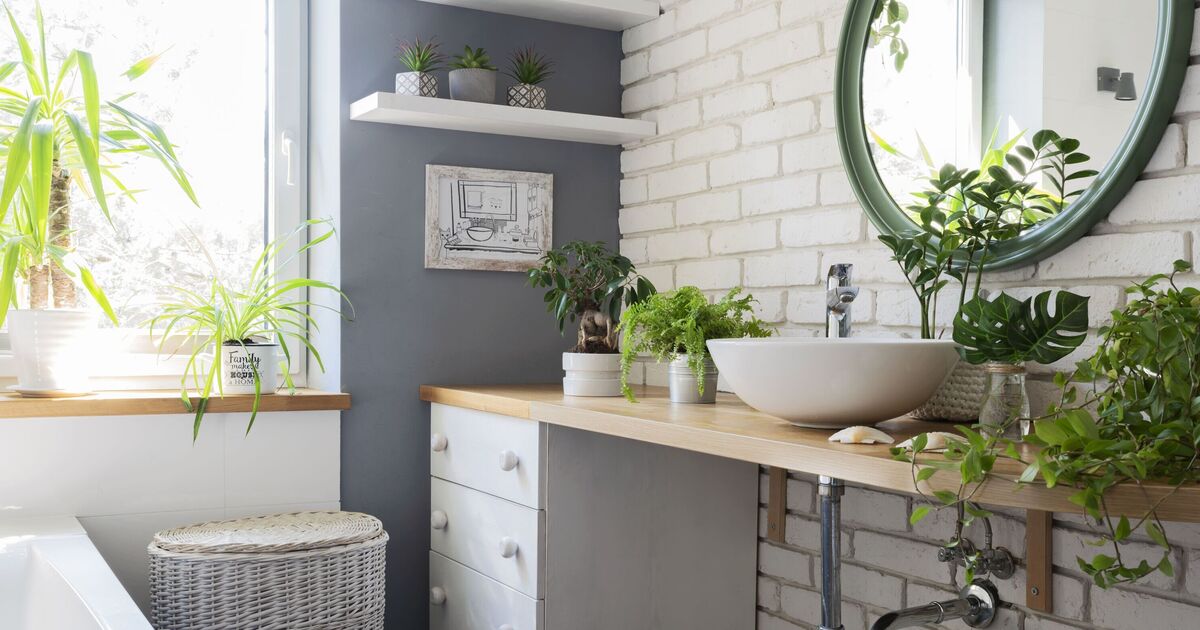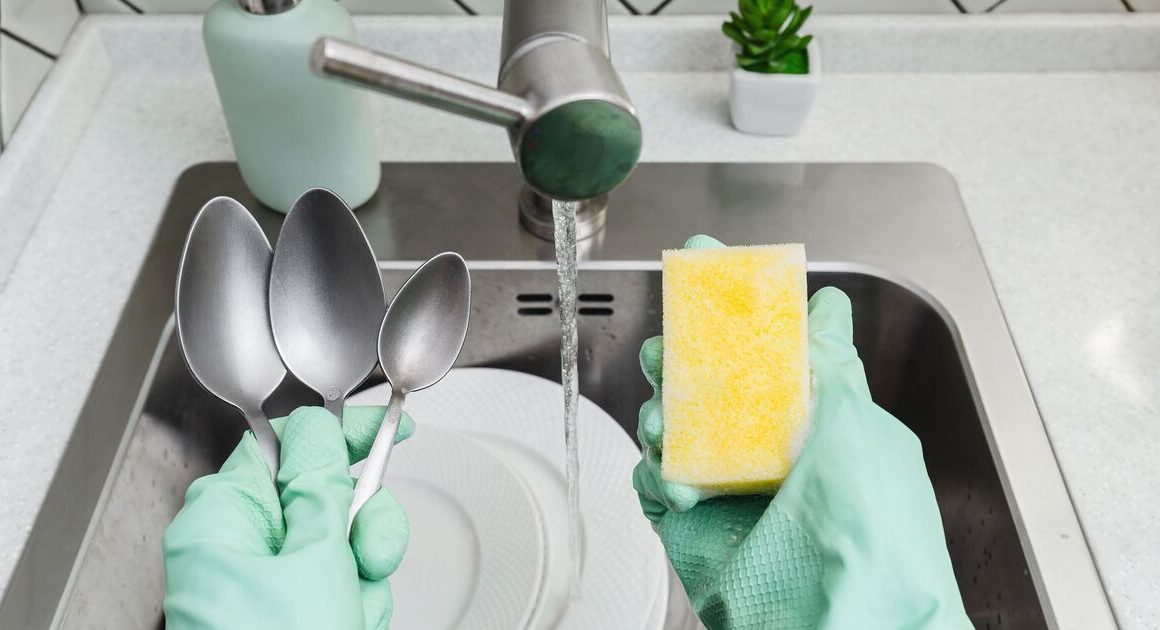Now that autumn has well and truly arrived in the UK, you’ll have started to feel the air getting chillier outside.
And with the cooler weather comes a whole host of potential issues when it comes to your home – like excess condensation covering the windows when you wake up in the morning.
The steamy glass isn’t just a pain to wipe down each day, as it can also lead to more serious problems if it’s not dealt with.
For example, the added moisture in the air provides the ideal conditions for mould to thrive, particularly in damp or darker rooms such as the bathroom.
But fear not – there’s a simple way around this problem that also makes your home look much more interesting and full of life.
Houseplants are a good way to help solve the problem naturally and bring moisture levels down in the air, resulting in less condensation and eventually less mould too.
Plant expert Chris Bonnett from GardeningExpress.co.uk said: “Condensation is a problem a lot of households will face during the winter. Too much of it can cause some serious problems and lead to mould growth.
“The good news is there are ways to control this and prevent condensation from forming in the first place.
“If your windows are particularly steamy, it means you need to bring down the moisture levels in your home and plants can help do this.”
Adding in some vibrant houseplants is also a great way to give your home a new lease of life, and thankfully there are plenty that are fairly low-maintenance and ideal for keeping moisture at bay. Here are a few that the experts recommend.
1. English Ivy
English Ivy removes airborne mould and other nasties too. It grows best in bright, indirect light and needs regular watering in order to survive.
However, experts have issued a reminder to keep it away from pets, because its leaves are toxic to them.
2. Peace Lily
The peace lily loves the shade and thrives in high humidity so the perfect choice for areas prone to mould. It absorbs moisture through the air through its leaves and doesn’t need direct sunlight to thrive.
This plant has beautiful white flowers but can be toxic to pets, so keep it out of their way.
3. Palms
Palms are a great choice to help control humidity and keep mould at bay, absorbing moisture through their leaves. Varieties to look out for include Areca palms, bamboo palms, the lady palm, dwarf date palm and reed palm.
4. Snake Plant
Also known as the mother-in-law’s tongue, this hardy and adaptable plant is another mould loving variety. It grows best in bright light but will also grow just fine in low light.
They love warm temperatures, making them ideal to keep in the bathroom, and require occasional watering.
5. Orchids
Not only do they look beautiful, orchids also help reduce humidity in the home. They get all their nutrients and moisture from the air around them, and work to draw it out of the atmosphere.
6. Spider plant
This is a popular indoor plant which is great at removing harmful pollutants in the home.
It’s easy to look after too and will need watering around once or twice a week.










